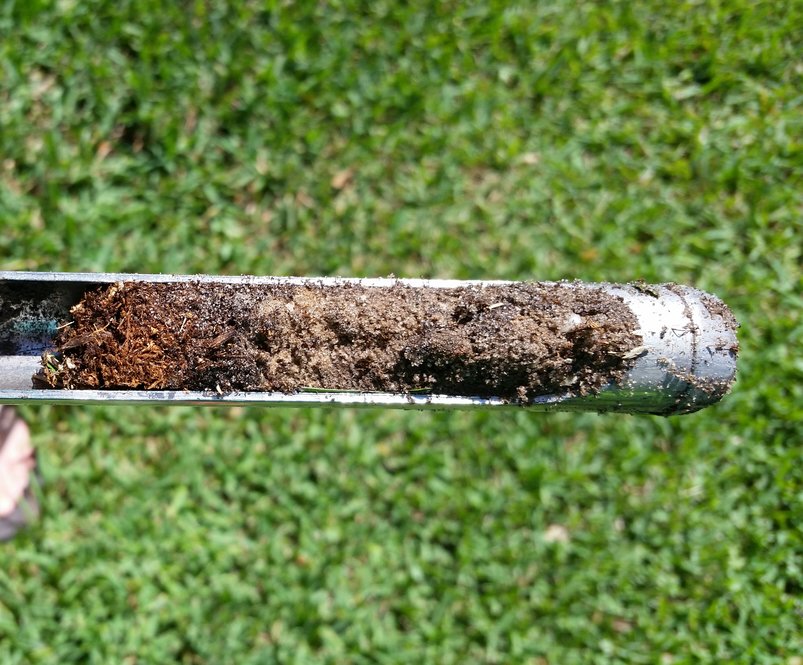By Clint Thompson

Sulfur is a tool that South Florida growers can implement to decrease their soil pH in preparation for the upcoming fall season.
Phillip Williams, an assistant professor at the UF/IFAS Southwest Florida Research and Education Center, discusses the importance of bringing the soil pH down to its optimal level of 6.5.
“The problem in Southwest Florida, our average pH in a production field, a standard tomato production field is around 7.4. The reason why it’s so high is we irrigate our crops here under plasticulture. A lot of times the water that we irrigate with has a lot of bicarbonates in it which raises the soil’s pH,” Williams said. “Anytime your soil pH goes above 6.5, nutrients become less available. Certain nutrients don’t get taken up by the plant as efficiently as it could. For our area with pH that high, it’s specifically phosphorous. Phosphorous will bind to calcium. When that happens, it makes it plant unavailable.”
So how do producers lower the soil’s pH? Williams said they can add elemental sulfur in the drip tube. When that happens, soil bacteria convert elemental sulfur into sulfate form. Sulfuric acid is released, which neutralizes the bicarbonates and lowers pH.
Williams implemented this strategy in his research plots. After the row bed is formed but before transplanting, he applied 50 pounds and 100 pounds. It reduced the pH from 7.5 to 6.5 in about 14 days. Between 14 and 30 days is the window for this to happen. He sampled for 90 days after transplanting, and the pH stayed the same.









